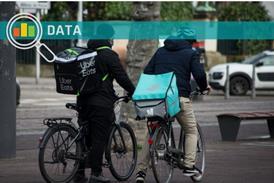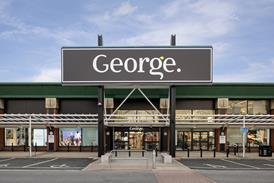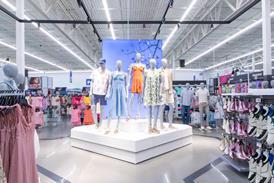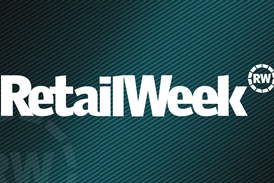Ranking: The UK’s biggest fashion retailers and where they’ll be in three years
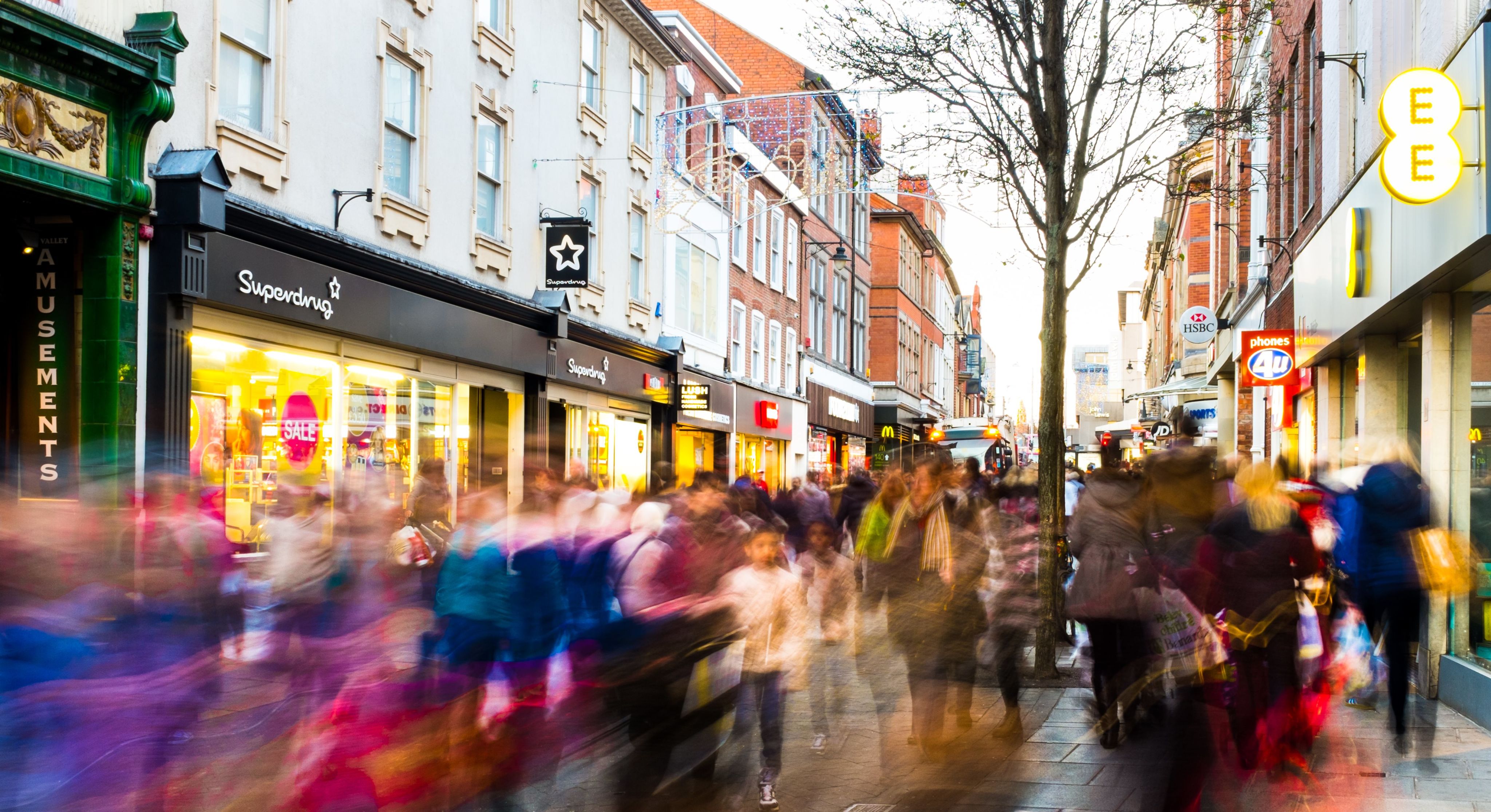
Thanks to exclusive data from Retail Week’s sister brand Retail Navigator by Lumina Intelligence, we can reveal how the landscape for fashion retail is going to change over the next few years – and which brands are set to dominate our high streets and wardrobes.
Fashion retailers are making headlines at both ends of the spectrum. While Primark celebrates 50 years of success on the British high street and Me + Em surges in popularity, pureplay giants Asos and Boohoo are letting Gen Z shoppers slip through their fingers as they place yet another order on Shein.
But who’s thriving? Who’s barely surviving? And who is set to dominate over the next few years?
Tracking the sales of UK fashion retailers in 2022/2023 and forecasting their growth by 2027/2028, Retail Week’s sister brand Retail Navigator by Lumina Intelligence has the answers.
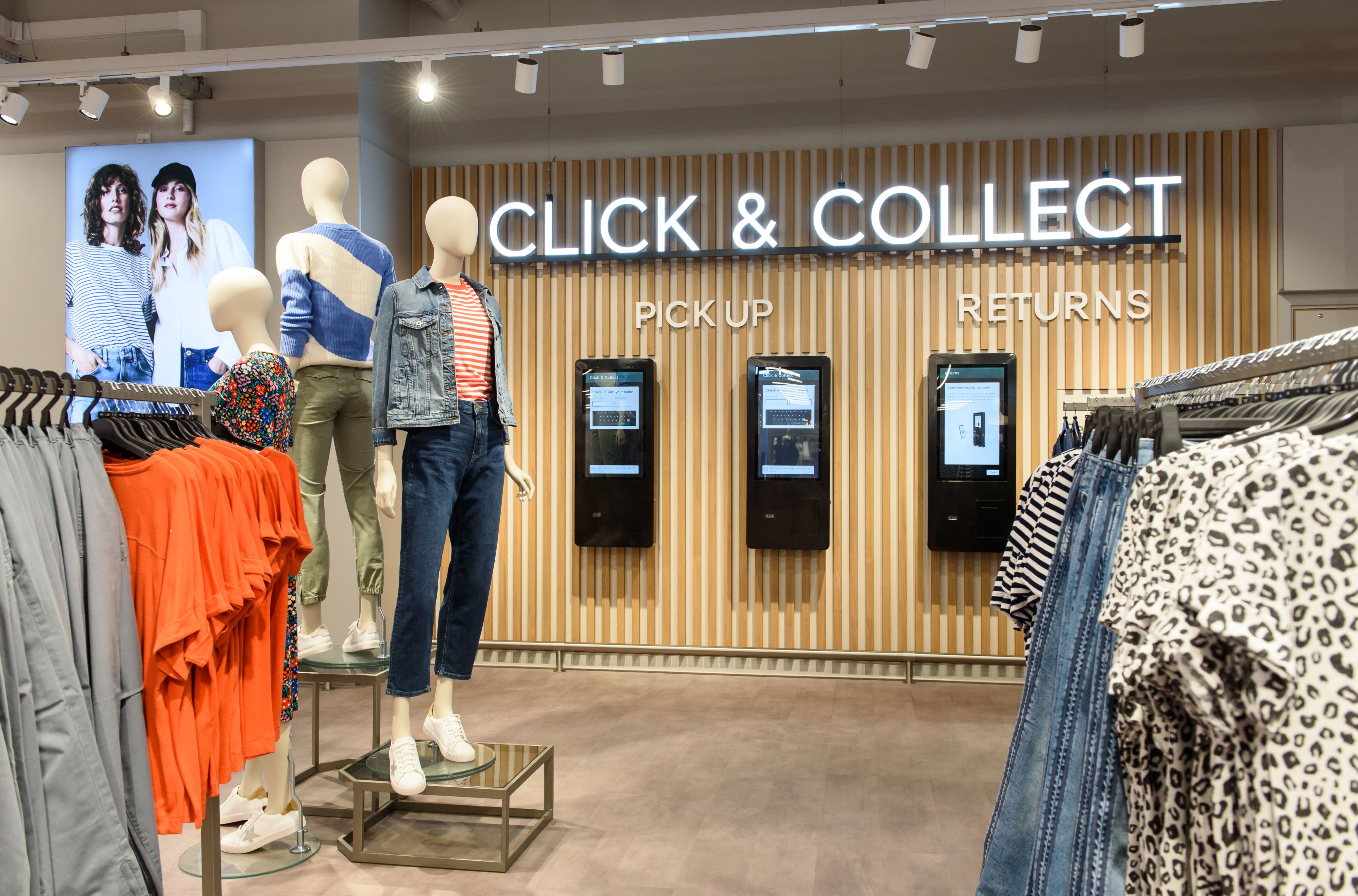
The chart is topped by none other than fashion giant Next, which is set to remain head and shoulders ahead of M&S and TK Maxx over the next few years.
At the other end is struggling Superdry, Abercrombie & Fitch boasting a five-place increase on the cards and Monsoon Accessorize nail-bitingly close to dropping out of the top 30.
“There’s a real polarisation of fashion retailers that really know what they’re doing, are really focused on their offer and are really honing in on it, and others that have lost their edge,” says Lumina Intelligence senior retail analyst Beth Bloomfield.
Fellow Lumina Intelligence senior retail analyst Kate Doherty adds that the fashion retailers diversifying into beauty and homewares in an on-brand way that suits their existing customers, are also succeeding in today’s market and can utilise this as an opportunity for future growth.
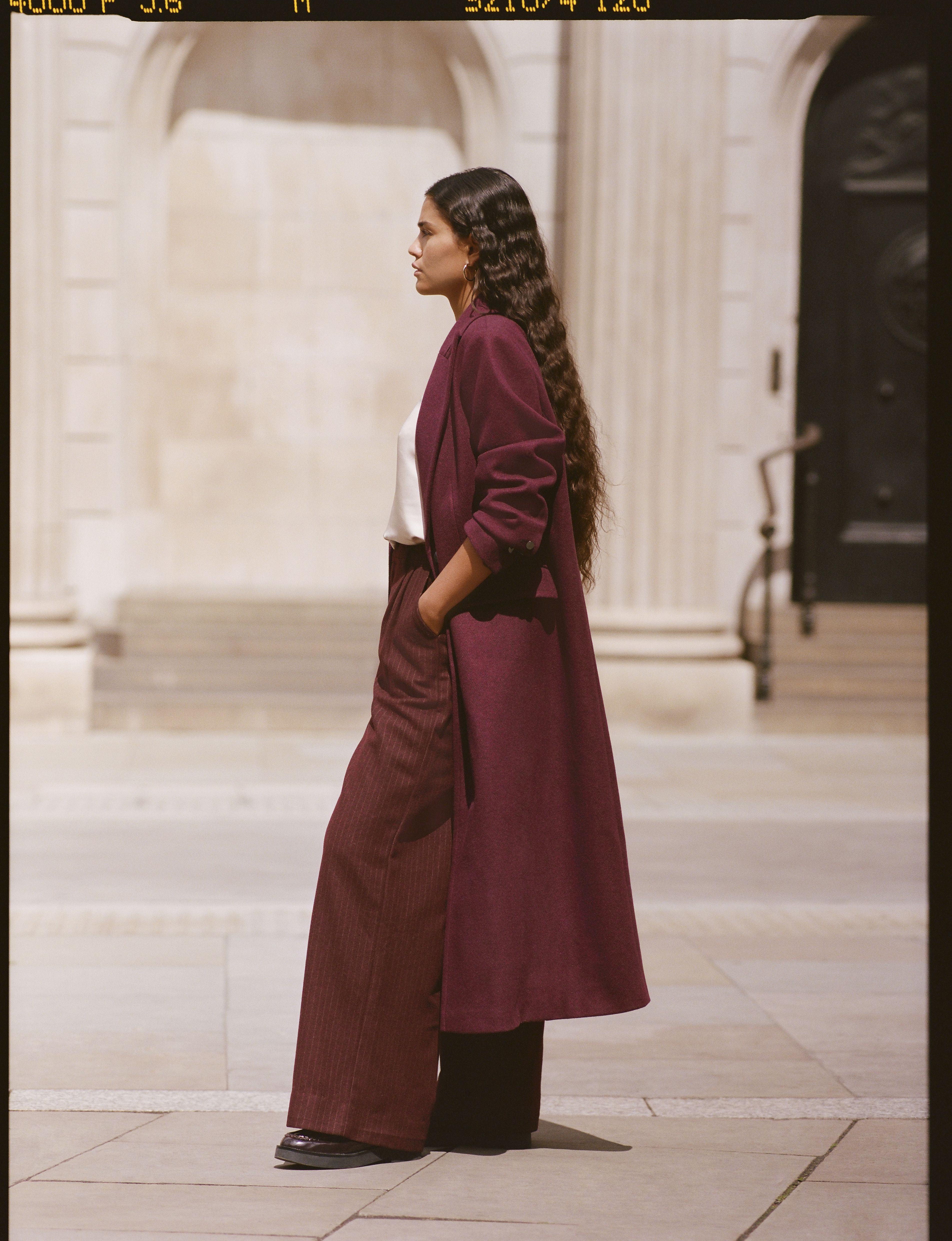
Frumpy to fashionable
Forecast to overtake fashion giants including TK Maxx, Primark and Frasers Group as the UK’s second biggest fashion retailer by 2027, and the only retailer in touching distance of Next, M&S is officially cool again.
Having gone from frumpy to a fashion favourite, the retailer has seen growth across all categories from everyday staples and accessories to lingerie and occasion wear.
The renaissance has been driven by the fashion top team including Richard Price, Maddy Evans, Lisa Illis, Helen Wilson and Mitch Hughes, who were all determined for M&S fashion to get its mojo back.
“I think M&S have been through an incredible period of change,” says Bloomfield. “Under Stuart Machin and previously Katie Bickerstaffe’s leadership, the business has really focused on its digital and online proposition and they’ve really thought about who their fashion customer is.”
Bloomfield also notes the third-party brand success of M&S, which includes the likes of Nobody’s Child, Jaegar and Crew Clothing.
“They’ve probably taken away share from other players such as John Lewis or customers in areas where there was previously a Debenhams,” she continues.
“What M&S has in common with Next and TK Maxx is the absolute obsession with their consumer and not moving away from what their core demographic wants.
“M&S has also shouted about what it’s been doing in a way that maybe TK Maxx doesn’t. Customers can also see that they’ve been investing a lot of money into refurbishing their stores and enhancing their in-store experience and it looks great.”
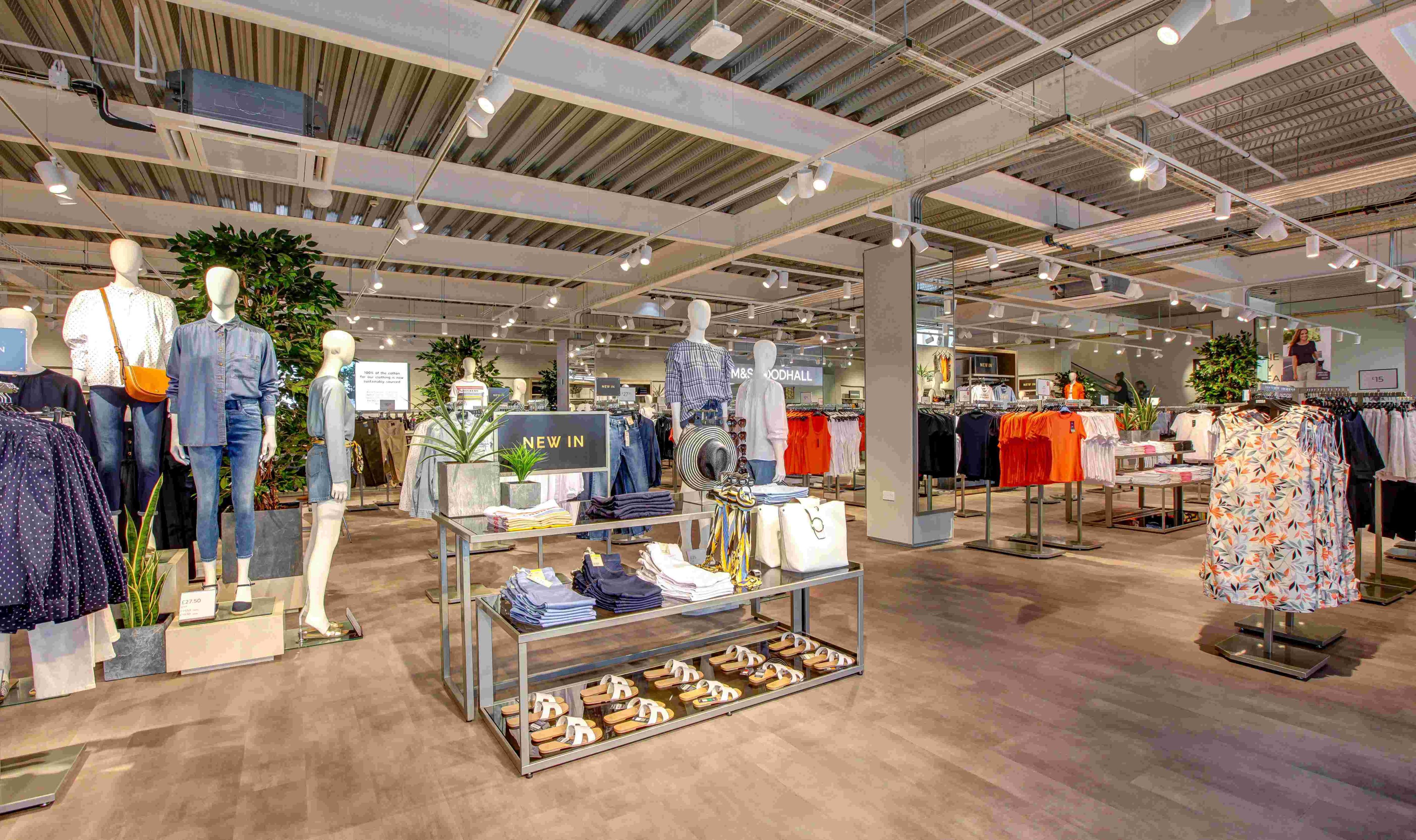
Struggling against Shein
Both forecast to fall three places, Asos and Boohoo came in at 14th and 19th respectively in our ranking.
Falling sales and deepening losses are something the two have in common, while fellow fast-fashion giant Shein continues to dominate.
Doherty says that Asos in particular has lost touch with its target audience, which is mainly millennials who are now trading up into brands offering more premium wardrobe staples.
“I think they’re [Asos and Boohoo] are so focused on efficiency and profitability that I worry that comes at a risk of further kind of erosion of their core audience.
“They’re the people that they’ve lost and they really need to win back because they’re not going to beat some of these other upstarts and people on price.
“I think they were trying to do that for a long time, but I think what they need to do in the same way as some of the other fashion retailers is focus on a curated offer.
“Currently, it’s just an abundance of product and there’s not enough organisation there for people. People aren’t committed to those brands enough to keep searching for what they want.”
Bloomfield adds that while they may be struggling at the hands of Shein’s soaring success, they shouldn’t be trying to follow Shein in any way. A focus on a curated offer and leaning away from discounting could be the way to captive their respective audiences once again.
With the recent sale of the Topshop and Topman brands as well as a strategy that hopes to get Asos “back to fashion” yet to be seen and pressure on the Boohoo Group from shareholders to break up its business and “spin off” brands in a bid to turn fortunes on the cards, it remains to be seen if the pureplays can climb the ladder of UK fashion retailers once again or if their position on our chart is only likely to continue decreasing.
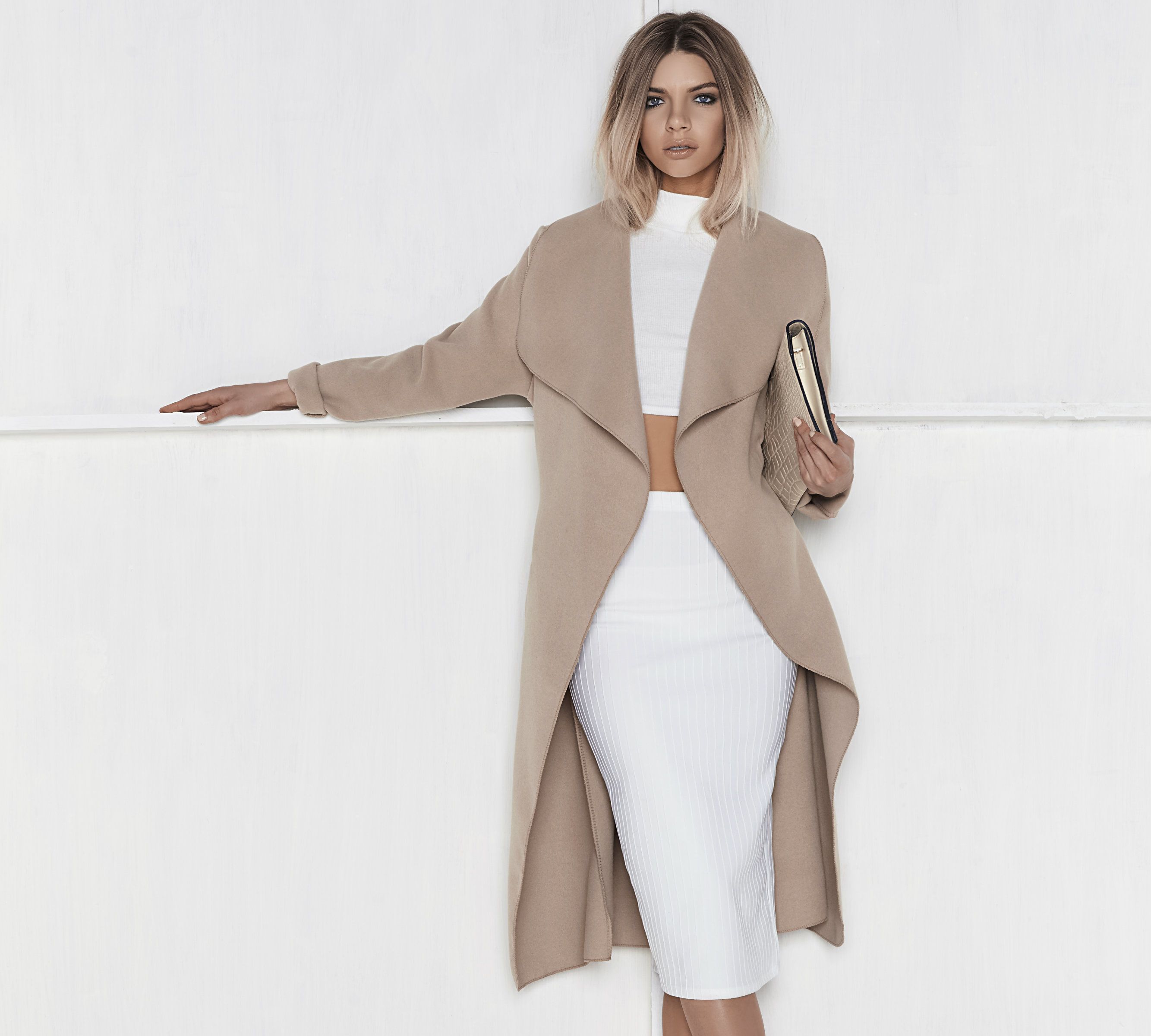
Me + Em
Founded in 2009 and worn by Margot Robbie, The Princess of Wales and most recently Lady Victoria Starmer as she entered No 10, British luxury fashion brand Me + Em has become quite the fashion phenomenon this year.
Despite not quite reaching our top 30, the retailer has a compound annual growth rate (CAGR) of 29.3% and is forecast to rise from a ranking of 46 in the UK’s top fashion retailers for 2022/2023 to 34th spot by 2027.
Me + Em has nine standalone stores to date across London and New York, as well as concessions in department stores including Harrods and Selfridges in both London and Manchester. The brand’s physical presence is growing.
Named one of the fastest growing private companies in the Sunday Times 100 both last year and in 2022 and having posted a 46% increase in sales year on year to £120m in 2024 – Me + Em is certainly one to watch.
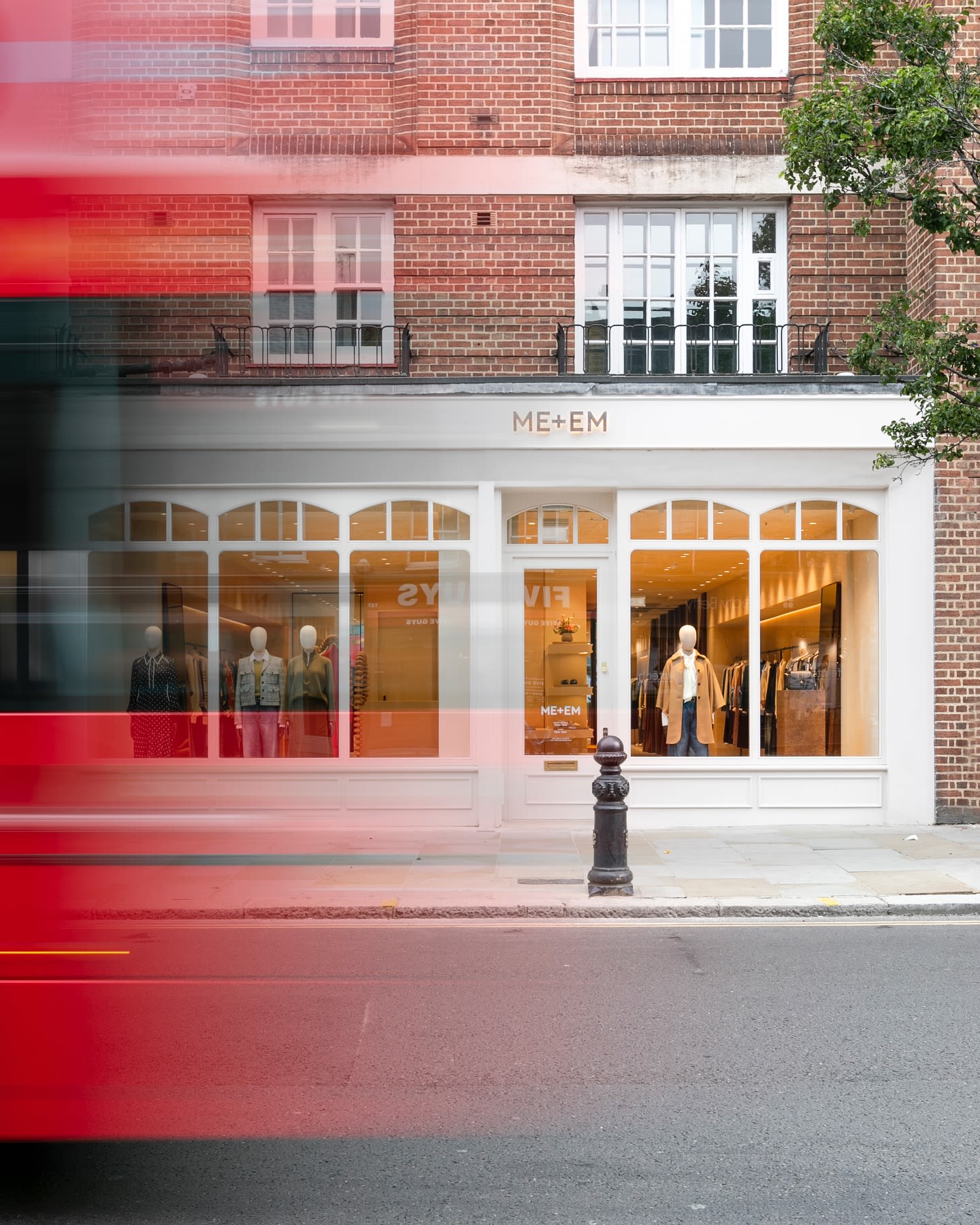
High street battles
It’s a mixed bag when it comes to the high street fashion players, with Primark steaming ahead while the likes of New Look and River Island stay under the radar.
Sitting stagnant in our top 30, New Look and River Island have taken spots 18 and 20 in the forecast for 2027/2028 , while Monsoon Accessorize is soon set to tumble out of the top 30 and has come in at the bottom spot.
Both New Look and Monsoon Accessorize have strategies in place to boost their high street offering. This year, New Look announced a £3.3m investment into upgrading and improving its store estate across Manchester while Monsoon Accessorize hailed the success of its airport stores and confirmed plans to open 20 more stores in the UK this year, the bricks-and-mortar faith from these brands remains strong.
But it’s the rise and dominance of Inditex that continues to impress and is not set to slow any time soon. Growing with a CAGR of 10.2%, the Inditex stable of brands are evidently only going from strength to strength.
While it might seem obvious to look at the Inditex brands alongside its neighbours on the high street, including H&M, New Look and River Island, Bloomfield says Inditex is very much in a league of its own and has huge opportunities when it comes to expanding its UK store footprint in comparison to its rivals.
“I think Inditex is quite a different animal in today’s market to the likes of H&M because they’ve almost premiumised that experience without even trying.
“I think they’ve got far more potential to cover more ground across the UK still in comparison to the other players and Zara particularly really has that ‘fan girl’ following on social media, which does the talking for them.”
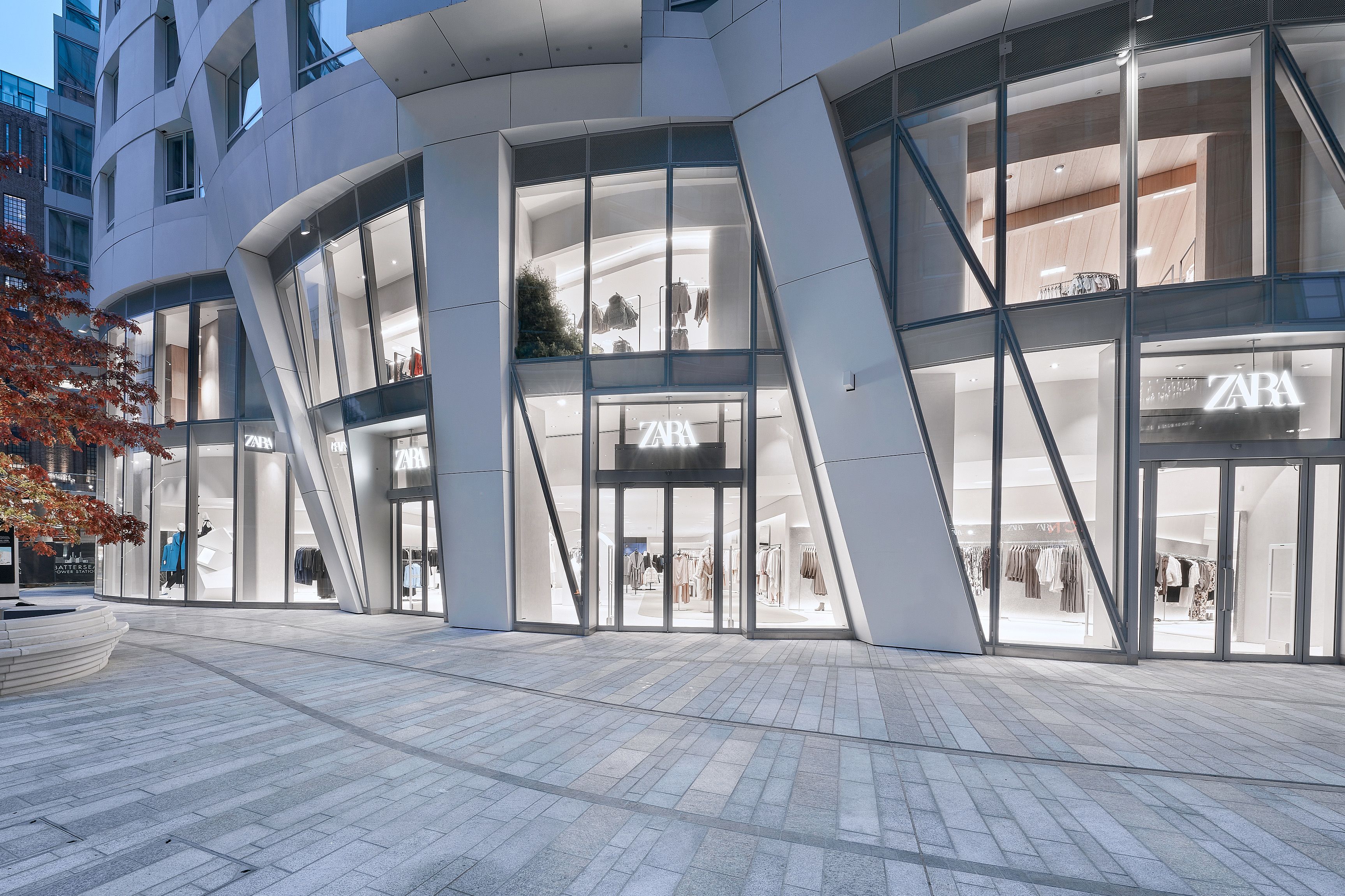
Sporty but stylish
With an eye to sports and athleisure, JD Sports, Sports Direct owner Frasers Group and Nike may all have remained in the top 30 but their position in our ranking has declined in comparison to the 2022/2023 financial year forecasts.
The UK sportswear market has been under pressure lately, with several brands reporting sliding sales, cautious consumer sentiment and battles with high promotional activity.
While the sportswear market has been struggling, athleisure has been booming.
With newer brands including On Running, Adanola and Lululemon among others on the up and taking centre stage, they’ve not only managed to become “cool” in comparison to the likes of Nike but are also nailing how to blur the lines between activewear and apparel – something that’s proving a hit with shoppers.
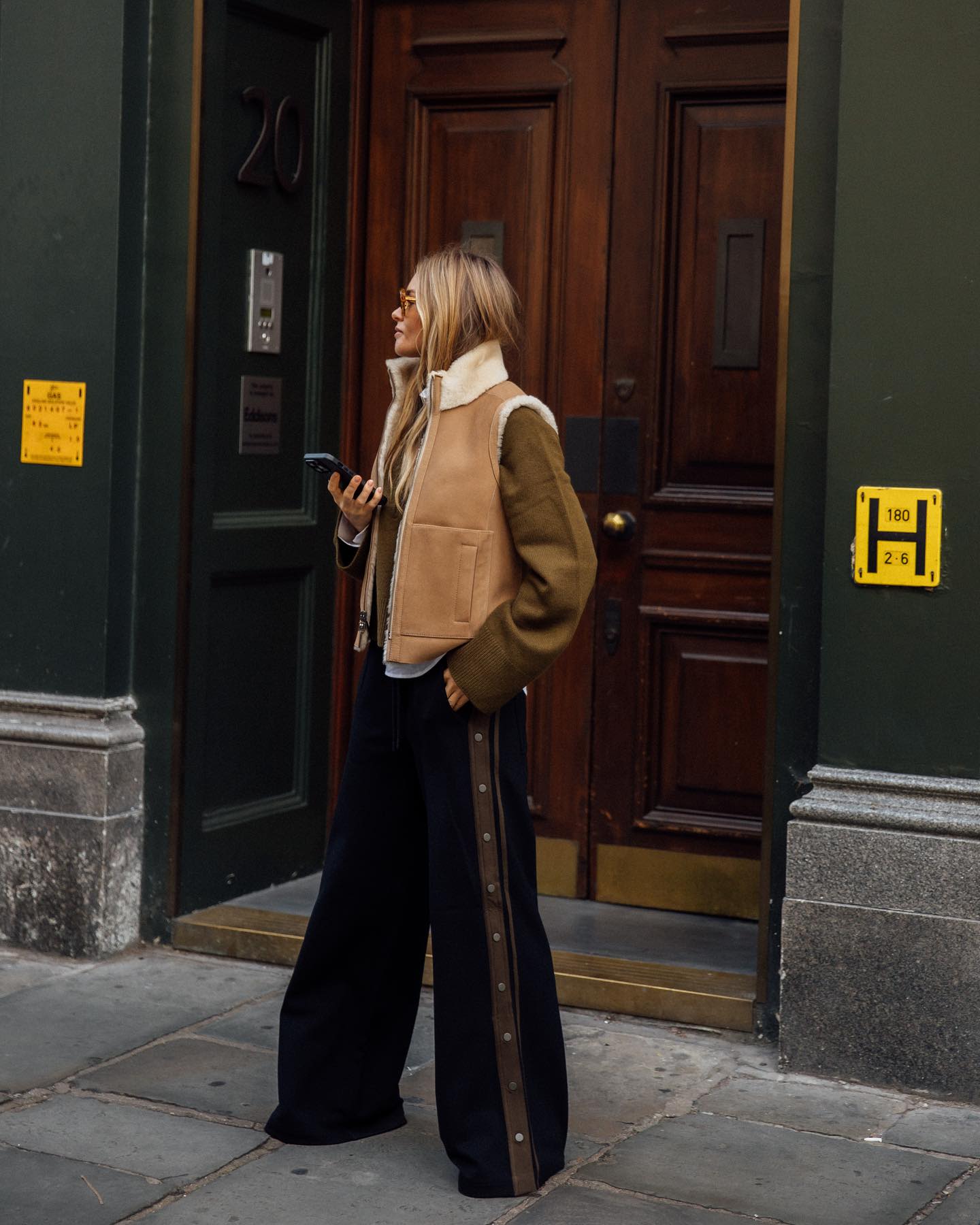
On Running
Founded in 2010 and famous for its clothing and running shoes predominantly, On Running’s largest market is currently the US and it also held 40% of the running shoe market in its home region of Switzerland as of 2019.
Despite On Running also falling short of our top 30, the sportswear retailer has an impressive CAGR of 35% and is predicted to rise from a ranking of 49 for 2022/2023 to 37th spot by 2027.
Having become increasingly popular in the UK for its innovative technology, stylish shoe designs and partnerships with UK organisations and celebrities including Roger Federer and Zendaya, it opened its debut UK flagship on London’s Regent Street last year. As more British runners and shoppers become familiar with the brand, there’s no doubt it will stop there in terms of expanding its UK store presence.

But it’s Adidas that has come out on top, this year in particular, with the Gazelles, Sambas and Spezials being the “it” shoes of the season. And it’s this that Bloomfield says is the key to success in the sportswear category.
“For Adidas, the growth of their lifestyle footwear, fashionability and affordability are really things that are playing into its favour.
“I think where Nike is struggling a bit more is in its innovation, high price points and the fact that their bet on online retail hasn’t quite paid off.
“I think once people start to feel that something is out of fashion, it takes a bit of time to get that back. Adidas had a blip where they really suffered from the fallout of Yeezys but they came back fighting. I think Nike will come back it’s just going to take a while.”
Also climbing the ranking by one place and with a CAGR of 7.4%, MandM Direct is silently but steadily growing. While it offers a range of brands and products, Doherty says sportswear and outdoor clothing is the category in which MandM Direct really thrives.
As budgets continue to be squeezed and customers seek value more than ever, MandM Direct’s quiet success is likely proving a hit with brand-conscious shoppers seeking a discount.



